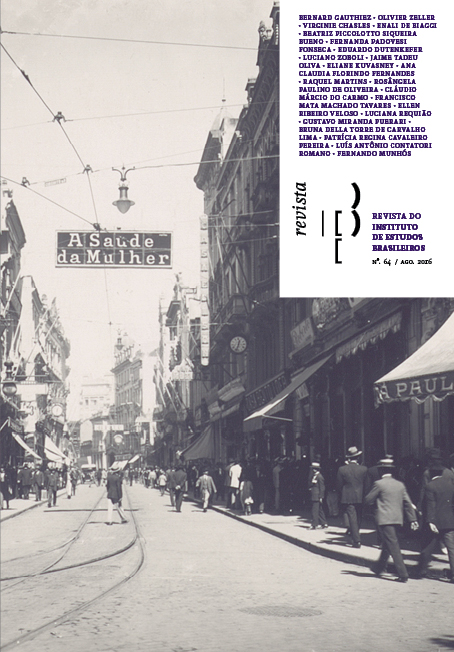Geo-historical digital cartography: the urban mobility of São Paulo from 1877 to 1930
DOI:
https://doi.org/10.11606/issn.2316-901X.v0i64p131-166Keywords:
Geo-historical, digital cartography, georeferencing relative, urbanity, urban mobilityAbstract
In a geohistorical digital cartography field, this paper introduces unpublished charts about urban travel in São Paulo city, once produced as part of collective research, related to the period after 1877 until 1930. In terms of methodology, it stands out the relative georeferencing of historical maps enforcement and vectorization of a few selected elements as well, to deal, subsequently, with an analytical and transformational cartography. Those charts, in its diversity of representation methods, may enable new perspectives about urban travel in São Paulo city and its repercussions in city interactional framework. This article also sought to bring some theoretical references for assessing this key component – the city international framework – in favour of the town establishment and its urban society.
Downloads
Downloads
Published
Issue
Section
License
- Todo o conteúdo do periódico, exceto onde está identificado, está licenciado sob uma Licença Creative Commons do tipo atribuição BY-NC.



